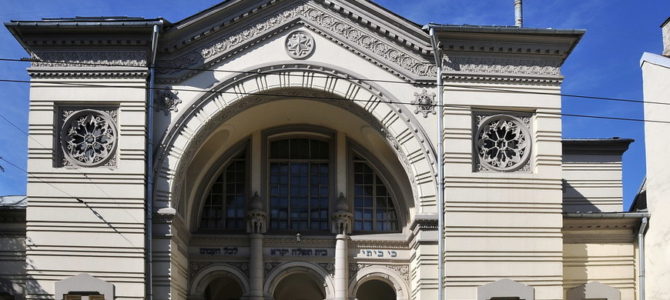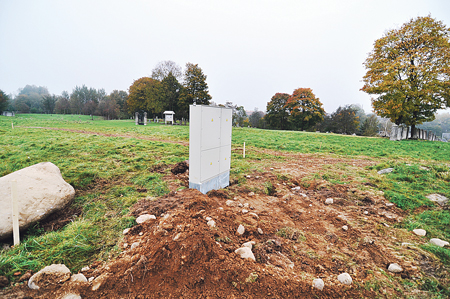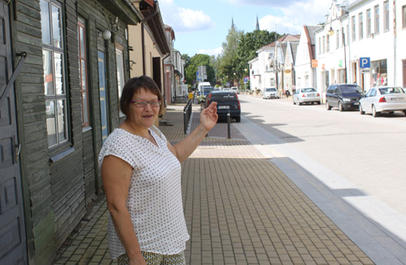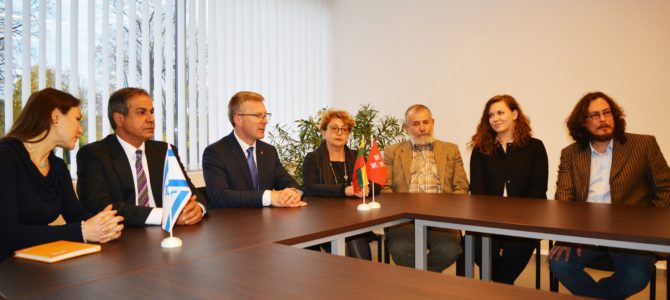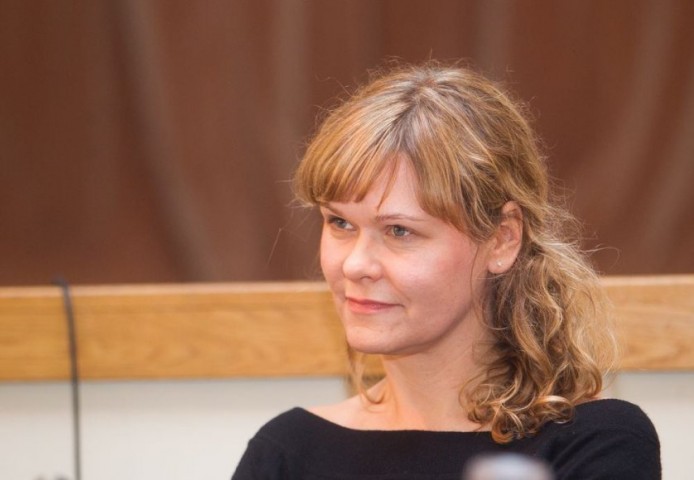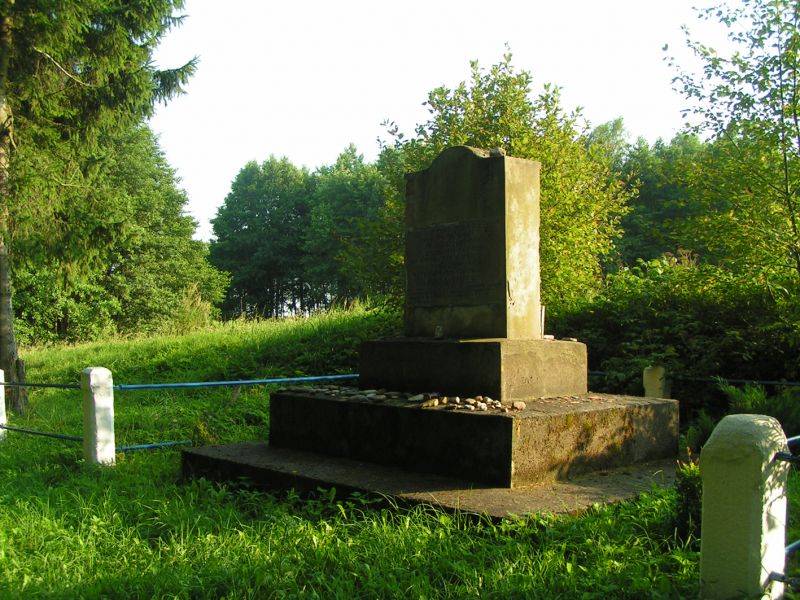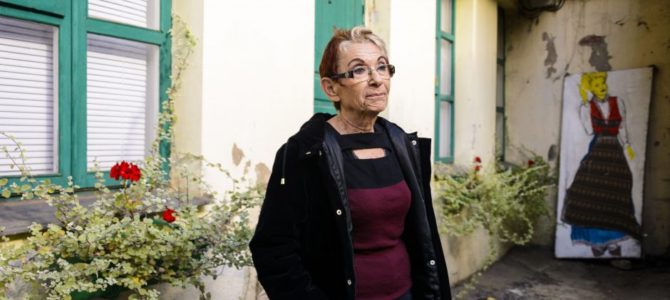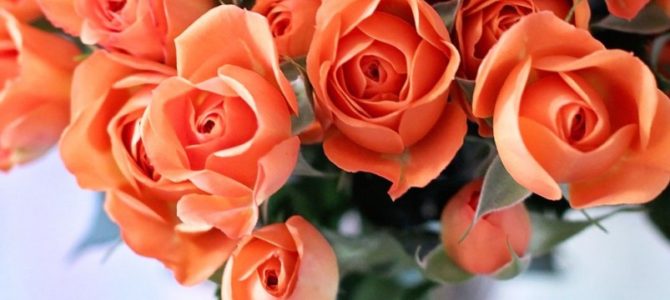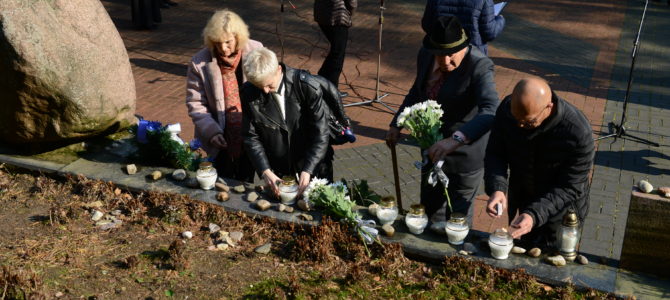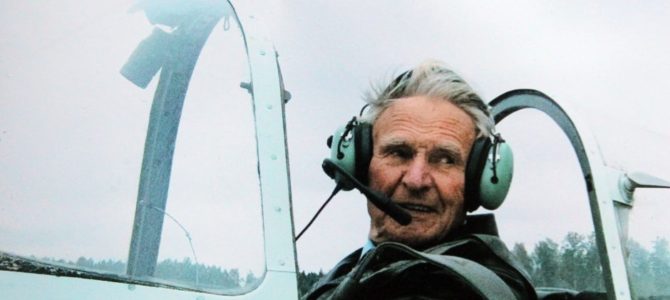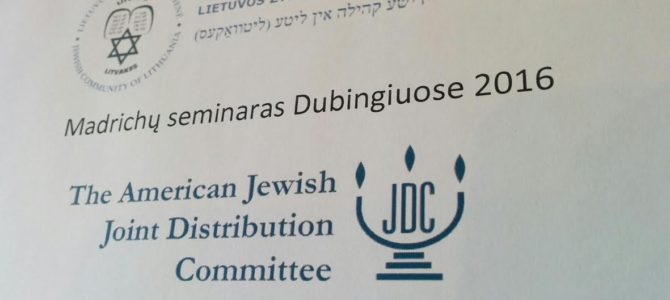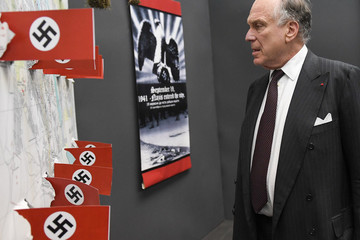The following is an official letter sent by the Lithuanian Jewish Community to concerned government agencies.
September 27, 2016
To:
Remigijus Šimašius
mayor, city of Vilnius
Alminas Mačiulis
Government chancellor
Šarūnas Birutis
minister of culture
Linas Linkevičius
minister of foreign affairs
Diana Varnaitė
director, Cultural Heritage Department under the Ministry of Culture
On the Reconstruction of the Great Synagogue
As public interest has grown recently in the history and cultural legacy of Lithuanian Jews (Litvaks) and specifically regarding artifacts uncovered at the site of the Great Synagogue in Vilnius, we feel it our duty to again present our view, that of the Lithuanian Jewish Community, regarding the issue of the conservation of surviving parts and the possible reconstruction of the Great Synagogue, a building with extraordinary significance to the Lithuanian and the global Jewish community.
As we have said before many times, we support all meaningful initiatives to preserve, protect and commemorate the legacy and heritage of the Jews of Lithuania, but we do not support unreasonable projects to rebuild non-existing buildings which are carried out in the name of Jews. It seems that is what we are facing again in the idea developing over many years by certain government institutions and possibly including hidden business structures to rebuild the Great Synagogue complex in Vilnius.
In 2015 the municipal government enterprise Vilniaus Planas was commissioned by the municipality’s Urban Development Department to prepare draft construction proposals for a memorial to the Great Synagogue under pre-project proposals submitted by the architect Tzila Zak. The terms of reference of the planning task itself revealed the client’s attitude towards the rebuilding of the Great Synagogue as an attractve real estate development project: the primary task presented to planners was to submit a list of the buildings proposed for rebuilding, to name the rooms and premises slated for reconstruction and to calculate floor space.


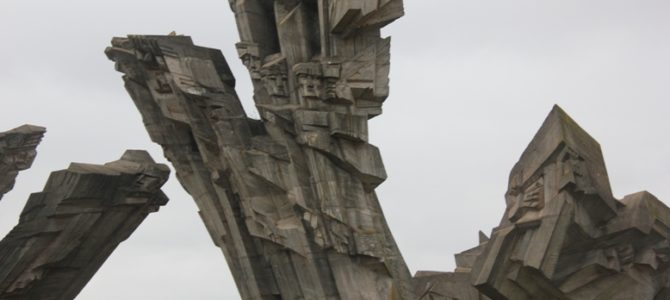
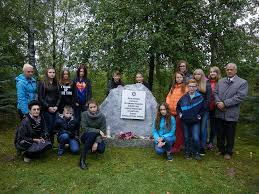
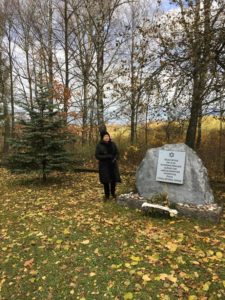 Monument to Holocaust victims in Kaktiškės
Monument to Holocaust victims in Kaktiškės